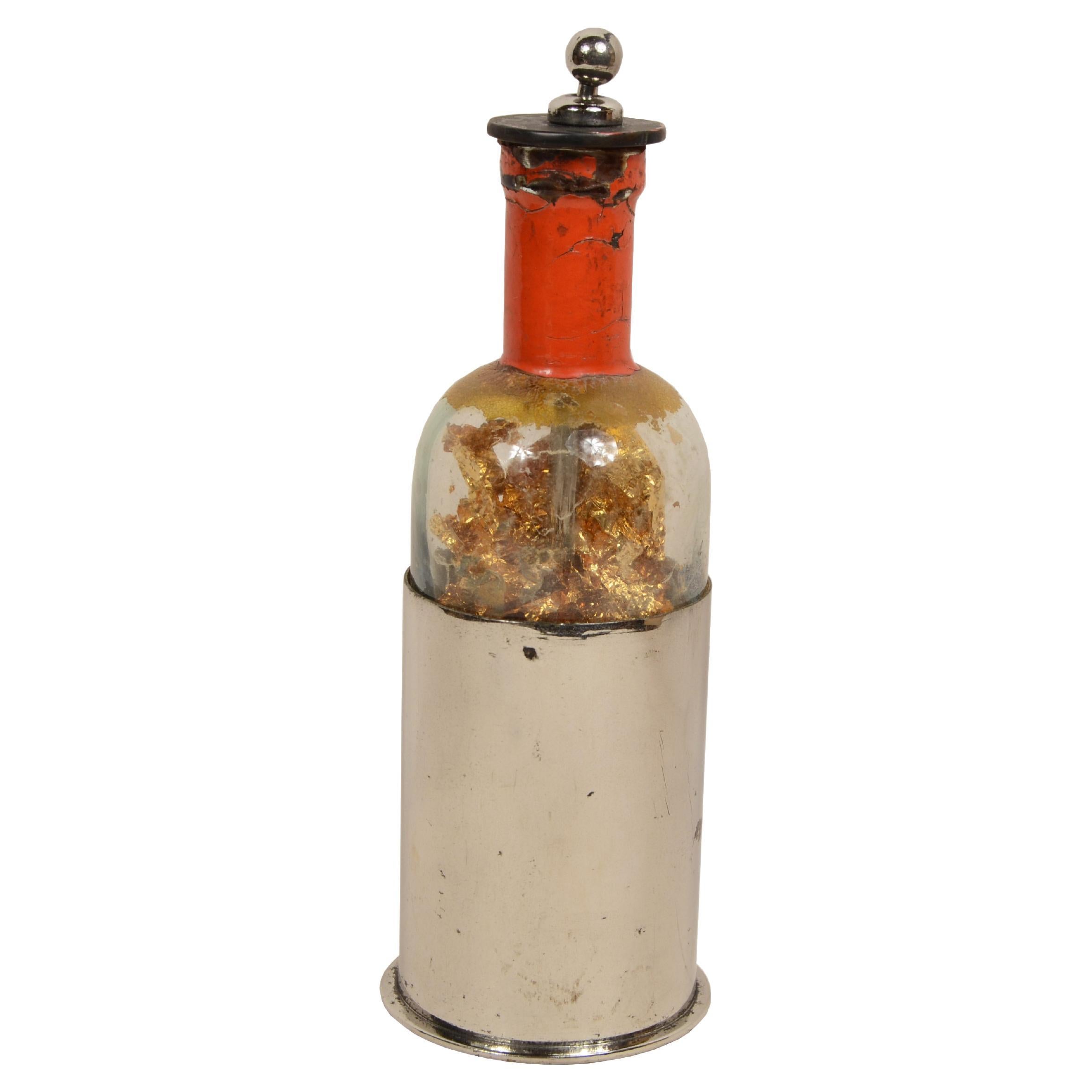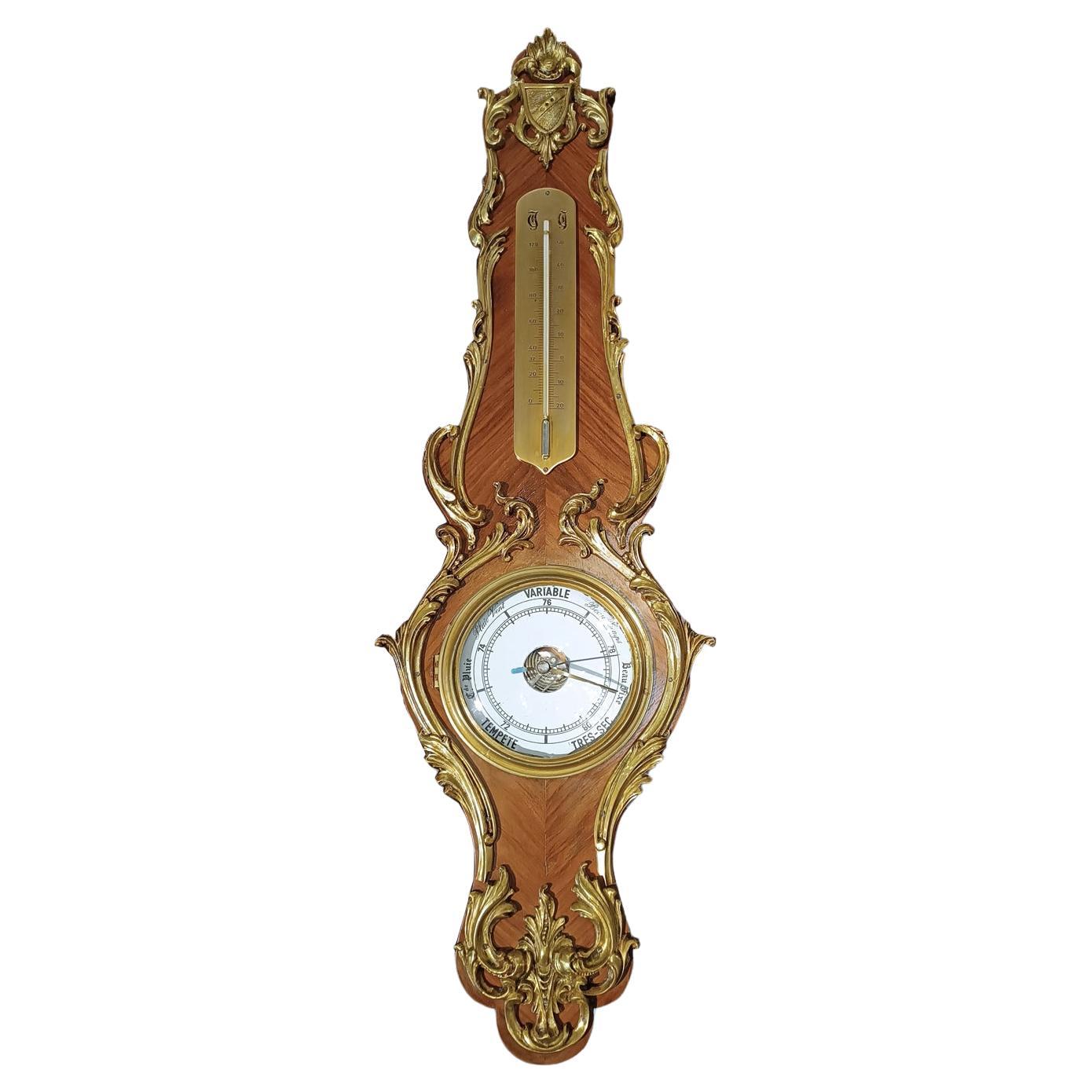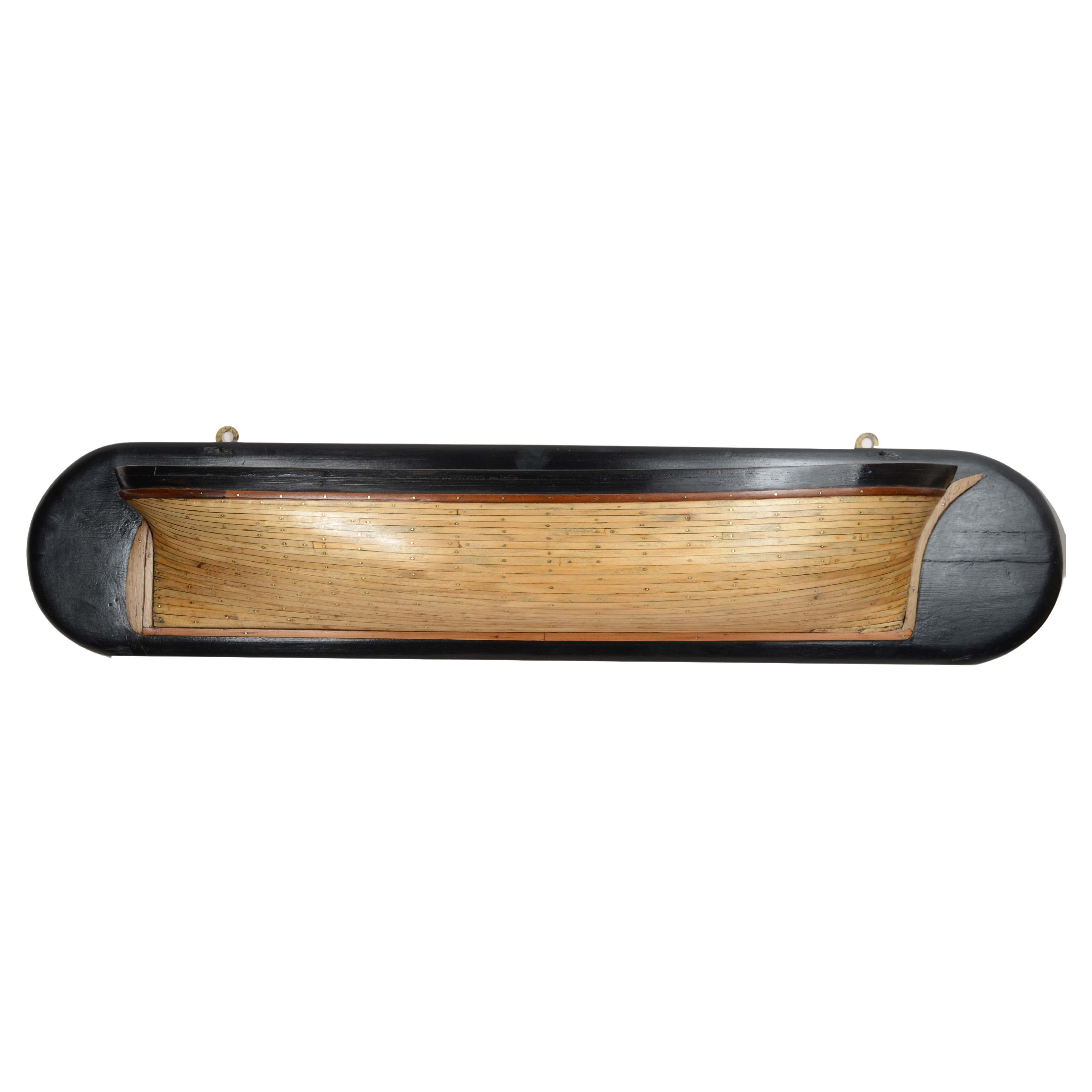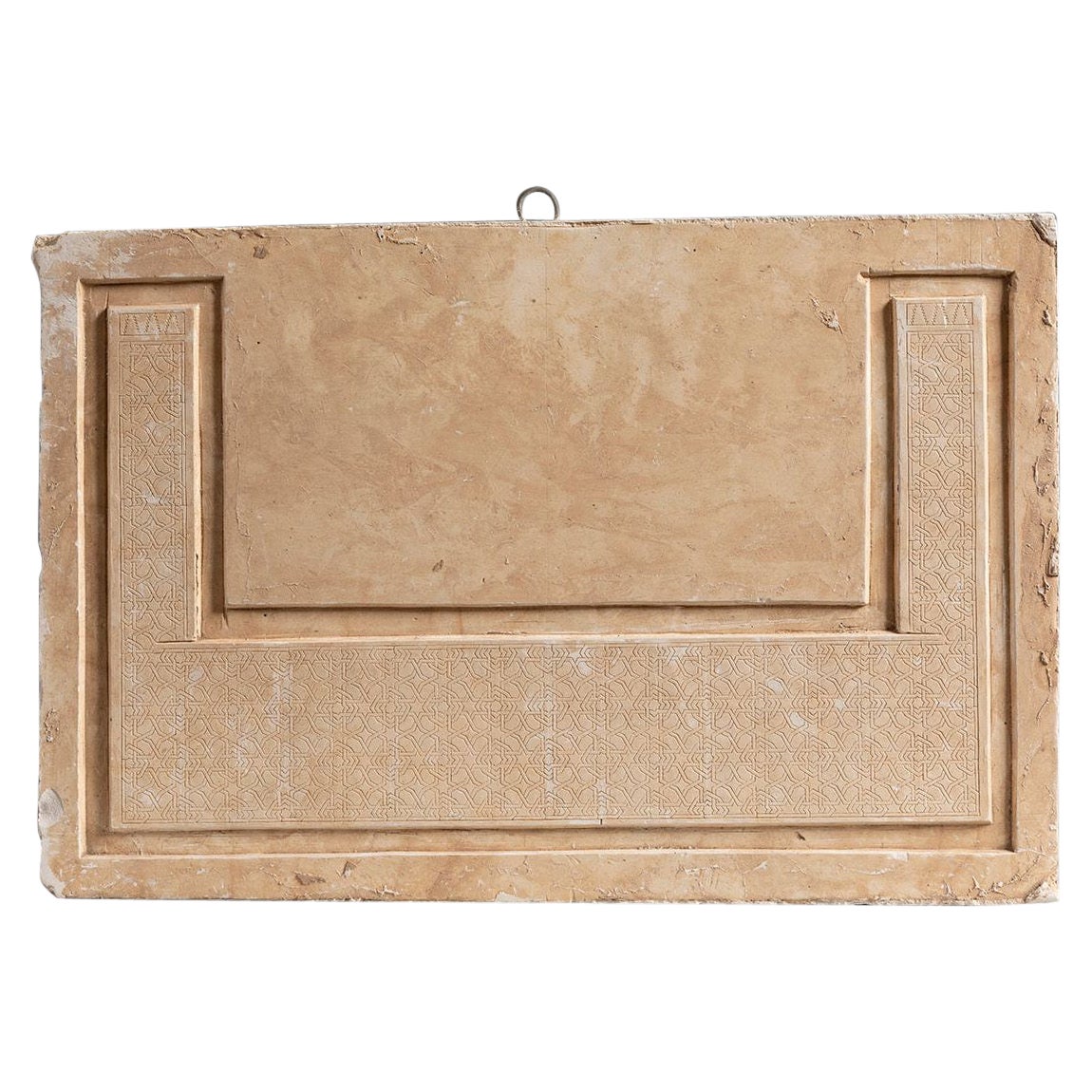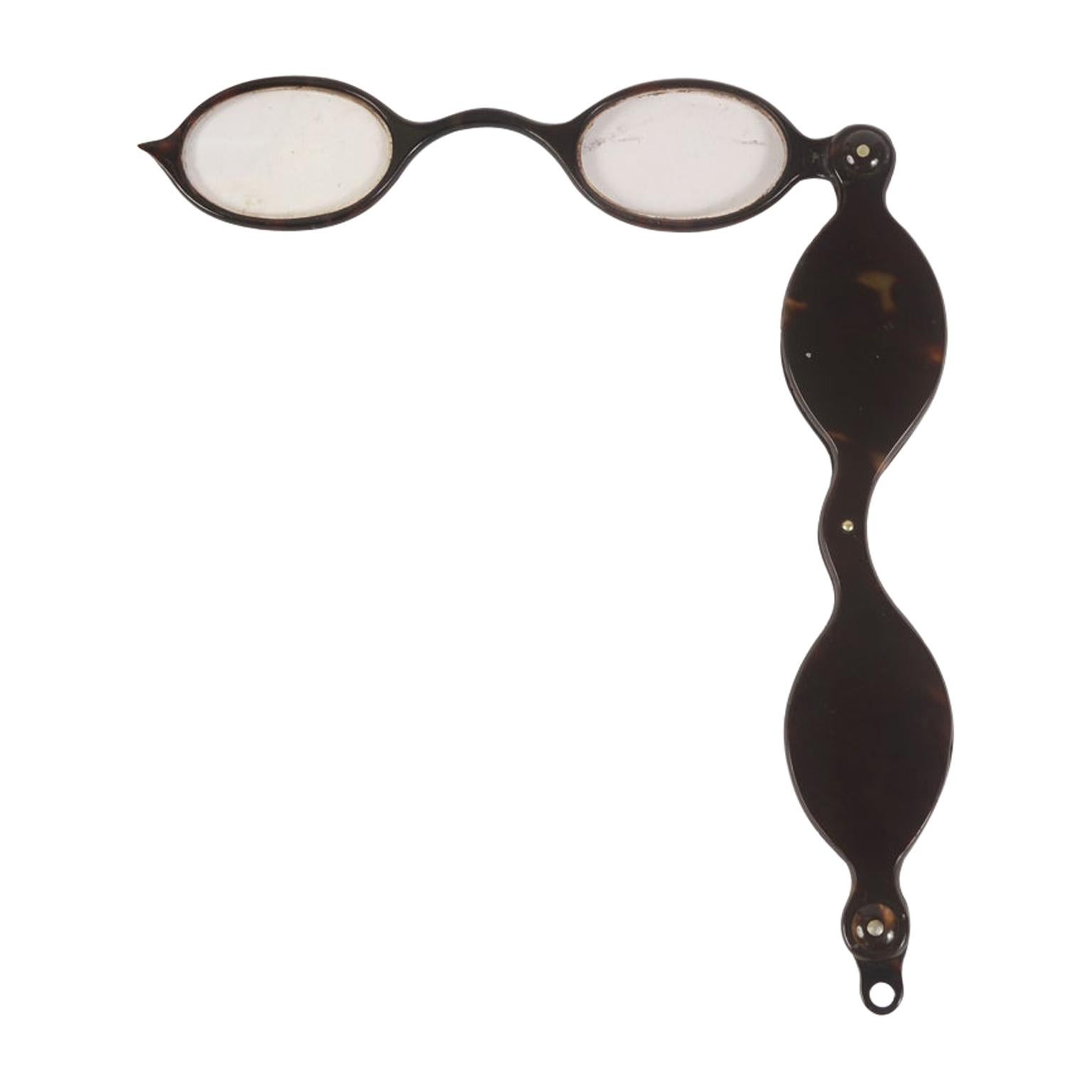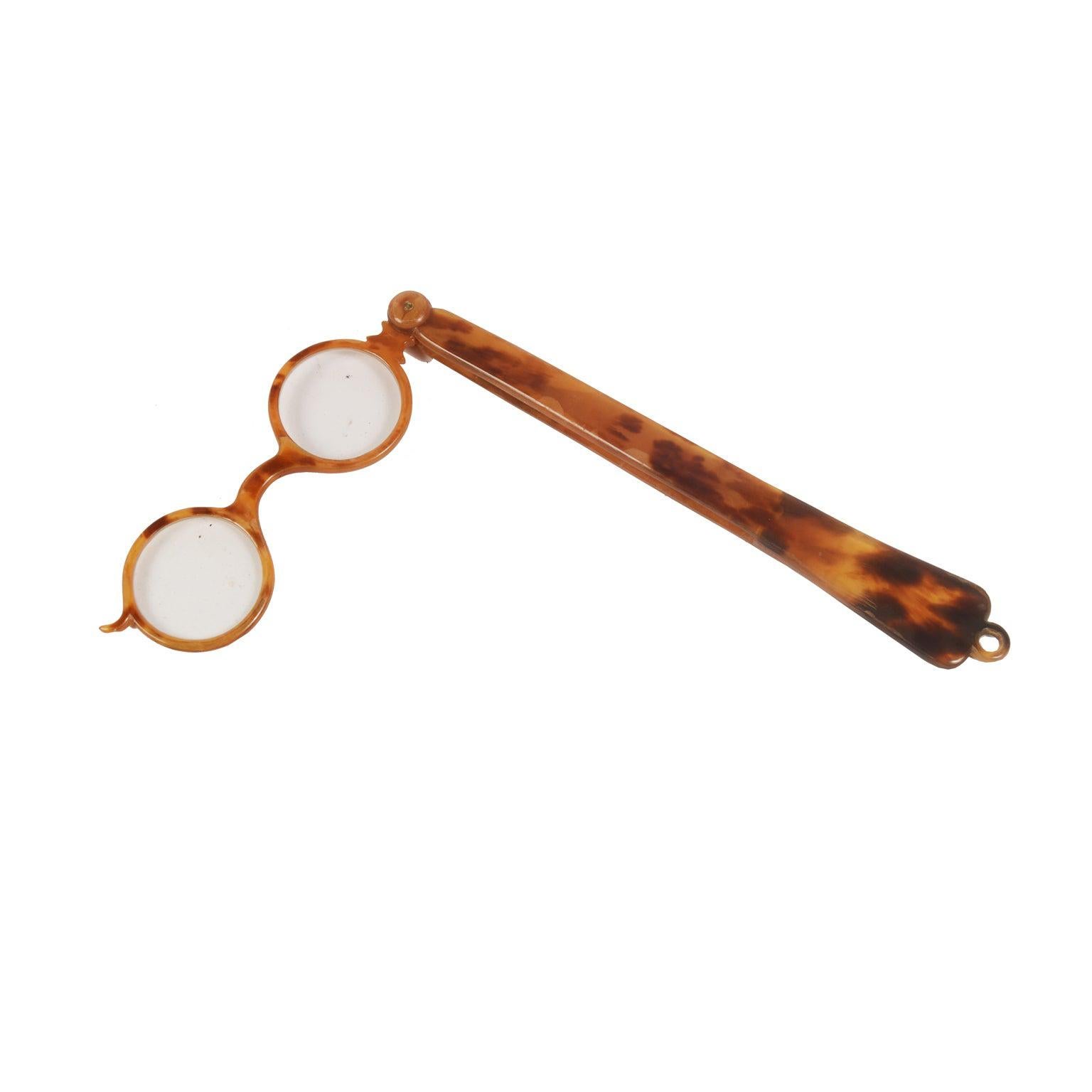Items Similar to Leiden bottle second half of the 19th century accumulates preserves electrical charges
Want more images or videos?
Request additional images or videos from the seller
1 of 12
Leiden bottle second half of the 19th century accumulates preserves electrical charges
About the Item
Leiden bottle from the second half of the 19th century is about an electrical component that accumulates and stores a high-voltage electrical charge by means of an external source for example, an electrostatic generator. Generally made from a vessel glass, one bottle thick, coated on the outside with a metal foil and filled on the inside with very thin gold foils for better electrical contact and connected with a metal conducting rod that terminates at the top with a small ball inserted into the Bakelite cap of the bottle.
The last photo is the gift box.
The Leiden bottle was uilized to conduct many experiments on electricity as early as the 18th century, ful the first instrument used to accumulate electrical charges, which could be discharged at will by the experimenter.
They are still used today for educational purposes to demonstrate the principles of electrostatics and in the past were used to charge conductors.
The invention is attributed to the Dutch physicist Pieter van Musschembroek, who presented it to the sicentific community in 1746, christening the instrument with the name of his own city, Leiden, which was also the seat of the university at which he held the professorship.
Leiden bottles were often used in board games, to make a chain of people holding hands feel the shock. The person at the beginning of the row touched the outer metal foil of the bottle, and the last person touched the sphere in contact with the inside of the bottle. All the people who made up the chain felt the shock. Bon état. Height cm 21.5 - inches 8.4, diameter cm 6.2 - inches 2.4.
- Dimensions:Height: 8.4 in (21.34 cm)Diameter: 2.4 in (6.1 cm)
- Materials and Techniques:
- Period:
- Date of Manufacture:1880
- Condition:Wear consistent with age and use.
- Seller Location:Milan, IT
- Reference Number:1stDibs: LU1020239770432
About the Seller
4.9
Gold Seller
These expertly vetted sellers are highly rated and consistently exceed customer expectations.
Established in 1999
1stDibs seller since 2014
371 sales on 1stDibs
Typical response time: <1 hour
- ShippingRetrieving quote...Ships From: Milan, Italy
- Return PolicyA return for this item may be initiated within 14 days of delivery.
More From This SellerView All
- Leiden bottle from the second half of the 19th century holds electrical chargesLocated in Milan, ITLeiden bottle from the second half of the 19th century, this is an electrical component that accumulates and stores a high-voltage electrical charge by means of an external source ...Category
Antique 1880s Scientific Instruments
MaterialsGlass
- Second half of the 19th century half-hull of an English schooner woodenLocated in Milan, ITSecond half of the 19th century half-hull of an English schooner wooden planking nailed and mounted on ebonized wooden board. Good condition, board measures 100x 13x21 cm - inches...Category
Antique 1870s Nautical Objects
MaterialsWood
- Fassamano French Tortoise Antique Eyeglasses Second Half 19th CenturyLocated in Milan, ITFassamano (from the French face-a-main) eyeglasses with handle that turns into a case shaped like the lenses; dark tortoise eyeglasses, oval lenses...Category
Antique 1860s French Scientific Instruments
MaterialsBakelite
- Fassamano French Tortoise antique Eyeglasses second half 19th CenturyLocated in Milan, ITFassamano (from the French face-a-main) eyeglasses with handle that turns into a case shaped like the lenses; dark tortoise eyeglasses, oval lenses...Category
Antique 1860s French Scientific Instruments
MaterialsBakelite
- Sextant in brass signed R. Jmme Berlin no. 2578 second mid 19th CenturyLocated in Milan, ITSextant in brass signed R. Jmme Berlin no. 2578 of the second c. mid-19th century, complete with two optics and housed in its beautiful original mahogany wood box with brass handl...Category
Antique 1870s Nautical Objects
MaterialsBrass
- Tellurium mechanical/electrical model of the solar system Phiwe Italian 1950sLocated in Milan, ITTellurium, i.e., mechanical/electrical model representative of the solar system, made of metal with green and gray hammered paint, lithographed tin globe, plastic Moon, and metal bas...Category
Vintage 1950s Scientific Instruments
MaterialsMetal
You May Also Like
- SECOND HALF OF THE 19th CENTURY NAPOLEON III'S BAROMETERLocated in Firenze, FIThis beautiful wall barometer with room thermometer is a highly valuable craftsmanship, attributable to French manufacture and dating back to the period of Napoleon III (approximatel...Category
Antique 1860s French Napoleon III Scientific Instruments
MaterialsBronze
- Model with Nasrid Plasterwork Motif from Granada Second Half of the 19th CenturyLocated in Marbella, ESMould with Nasrid plasterwork motif. Granada, second half of the 19th century. Plaster. It has slight flaws on the edges. Measurements: 28 x 41 x 2 m. Following the Mudéjar tradition of working plaster as a decorative material, this plaster mould...Category
Antique 19th Century Spanish Architectural Models
MaterialsPlaster
- Antique icon Zosima and Swataj, second half 19th centuryLocated in DEVENTER, NLZosima and Swataj, founders of the Solowetski Monastery, holding a model of their monastery in their hands, Old Believers icon, second half 19th century. Dimensions: 30 x 35 cm.Category
Antique 19th Century Russian Religious Items
MaterialsWood
- Immaculate Conception Chapel, Second Half of the 18th CenturyLocated in Madrid, ESSculpture, carved wood, glass, metal. Carved wooden chapel with decoration on the top of balustrade and balusters in the shape of a vase of a certain Baroque memory, which presents t...Category
Antique 18th Century Spanish Neoclassical Religious Items
MaterialsMetal, Other
- Reredos Fragment, Gilded Wood, circa Second Half of the 17th CenturyLocated in Madrid, ESAltarpiece. Wood carved and gilded. Baroque, towards the second half of the 17th century. The Solomonic column was an element already known in the Renaissance (and before) that was popularized in art, in large part, thanks to the Baldachin of St. Peter's Basilica of the Vatican by Gian Lorenzo Bernini (1624-1633), where he presented branches. In Spain, this type can already be seen in the Silver Tabernacle of the Cathedral of Seville (Juan de Alfaro, 15931596), used in altarpieces from the 1620s; nevertheless, the apogee of the Solomonic column will come from the hand of José Benito de Churriguera, whose altarpieces have an extraordinary importance since the second half of the 17th century and already at the beginning of the 18th century (note similarities and differences between the present altarpiece and that of the Convent of San Esteban...Category
Antique 17th Century European Baroque Religious Items
MaterialsWood
- Bronze Mortar, Tuscany, Second Half of 16th CenturyLocated in Bruxelles, BEBronze mortar with garlands, flowers and putti - Tuscany , second half of 17th century. Measures: height 10 diameter : 13 cm Artisans and healers used mortars for grinding food...Category
Antique 16th Century Italian Renaissance Scientific Instruments
MaterialsBronze
Recently Viewed
View AllMore Ways To Browse
La Sfera
Alta Glass
E Sede
Scientific Chart
Antique Level Tool
Antique Wall Thermometer
British Compass
Collectible Antique Glass Bottles
World War 2 Brass
Antique Telescopes London
Victorian Compass
Antique Style Barometer
Crank Vintage
Antique Merchant Scale
Antique Wood Thermometer
Gilt French Barometer
Vintage Optics
Vintage Boat Compass
